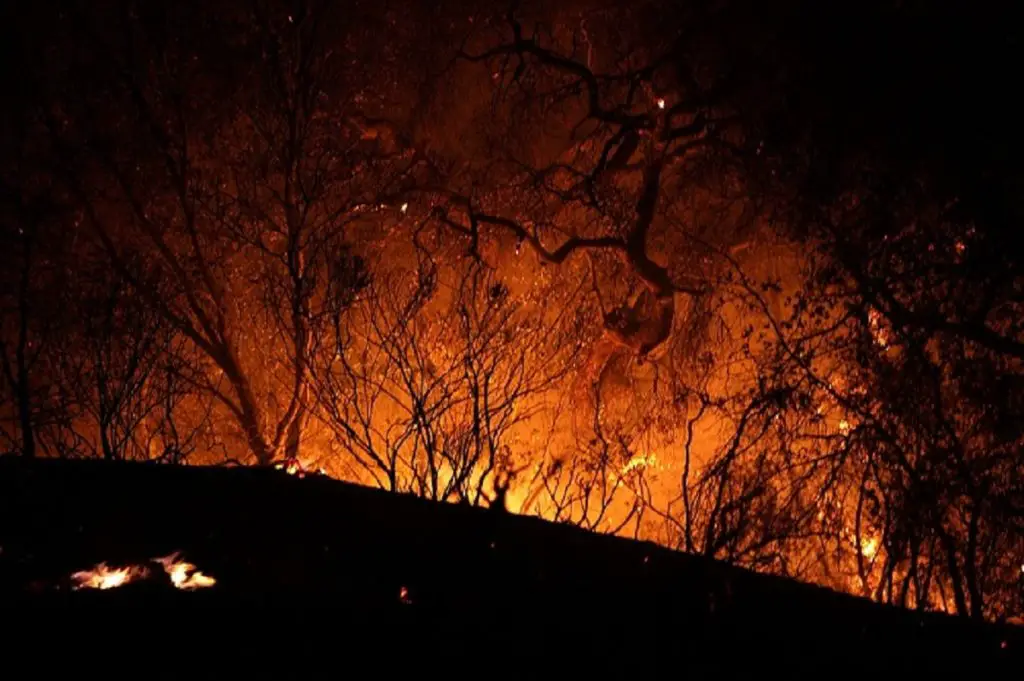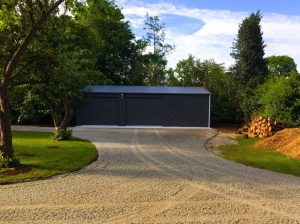As of this writing, fires are burning all across the globe.
From the Amazon to Indonesia, from Australia to California, fire is rampaging across immense tracts of land and property.
The flames roaring through Australia’s east coast arrived early this year. People and wildlife have died. Homes, livelihoods, and habitats have been destroyed. It’s only spring and so those fires may portend more trouble for that region in the coming months.
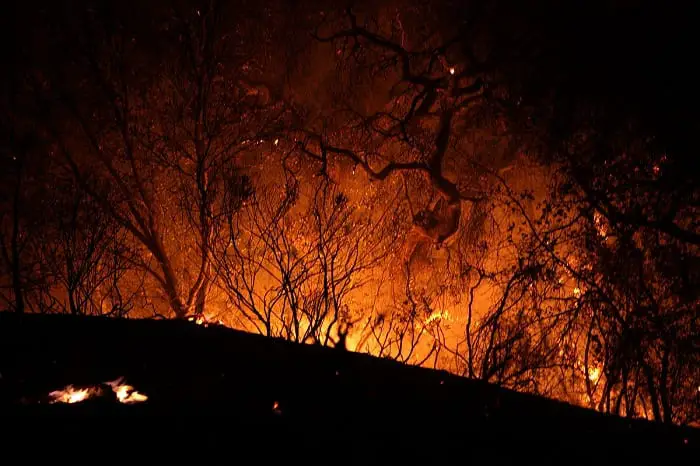
In California, the biggest wildfire of 2019 has meanwhile turned many thousands of acres of timber and grassland into smoldering ash.
The Walker Fire began on September 4 and rapidly became an enormous, growling inferno. The fire burned through 50,000 acres of timber and grass in just two weeks.
Contents
Fire Prevention Starts with You
“We’re living in a warming and a drier world, and with climate change we’re going to continue to see conditions that make fires more likely,” says Doug Morton, chief of the Biospheric Sciences Laboratory at NASA’s Goddard Space Center. “They’ll be definitely harder to suppress.”
Given the headlines and the warmer weather, the prevention of household fires has become a chief concern for many homeowners.
After all, some 85 out of every 100 wildfires in the US are the result of human carelessness. Many start in homes and back yards!

This means that, when it comes to household fires, prevention does not start with firefighters. Prevention starts with you.
By acting on the tips below, you can reduce the possibility that a firefighter might have to risk his life running into your burning home.
You also ensure that your family and property are safe and protected.
Here are a few basic fire prevention and safety tips.
Install Smoke Alarms
There are thousands of home fires in the U.S. every year. These fires cause around 3,000 fatalities annually.
Smoke alarms are the foremost lifesaver when it comes to household fires.
Almost half of the deaths happen during fires that start between the hours of 11:00 pm and 7:00 am. This is the time when most people are asleep.
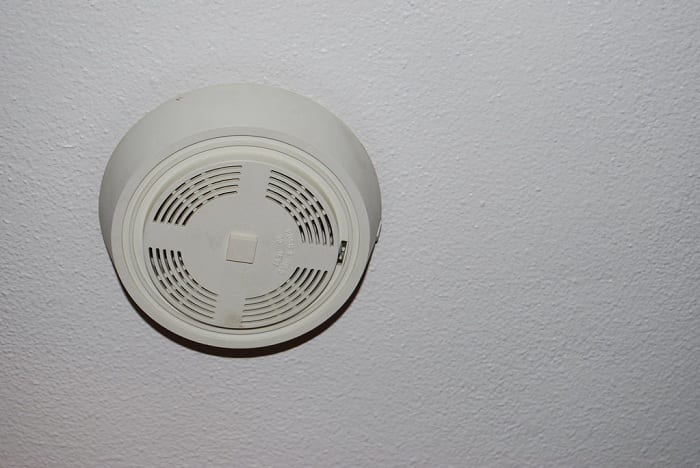
In many cases, the deaths were the result of an alarm not working properly, often because of issues with the battery.
So make sure you have working alarms in every bedroom, and outside every sleeping area. Ensure there is at least one on every floor, including the basement.
Test your alarms each month. If an alarm doesn’t work, replace the battery and try again. If it still doesn’t work, replace the entire alarm.
Make Sure You Have Fire Extinguishers
Having fire extinguishers in your home and knowing how to use them is a crucial component of your emergency plan.
You should have at least one fire extinguisher on every level of your home. Be sure you have one in rooms where fires are most likely to occur: the kitchen and the garage.

While there are multiple classifications of extinguishers, the variety classified as “ABC” will suit the needs of most homeowners.
Remember, you should only use your fire extinguishers on fires that are small and contained. You can use them on fires in a wastebasket, for example, or a small fire in a pot on the stove-top.
The number one priority is the safety of everyone in the home. If a room begins to fill with smoke, exit the house immediately. Do not attempt any heroics.
Check Your Home for Fire Hazards
Over three-quarters of all home fires arise from common hazards. Knowing what these hazards are, and how to prevent them, will go a long way towards protecting your family and your home.
Here are some of the more common examples.
Cooking:
Cooking leads to more house fires in the US than any other single fire hazard. This category of fire hazard includes microwaves, using cooking oil, and the use of fryers.
By far the greatest factor in kitchen fires is simply unattended cooking.
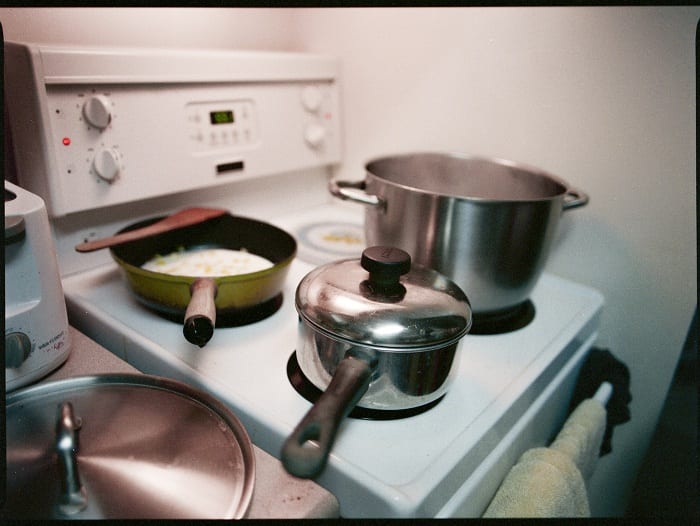
Never leave the kitchen unattended while cooking. Be sure you turn off heating elements afterward, as well.
Also, keep combustible items like dishtowels and loose clothing away from cooking surfaces and heating equipment.
Chimneys and fireplace:
Have a professional inspect and clean your chimneys and fireplaces once a year.
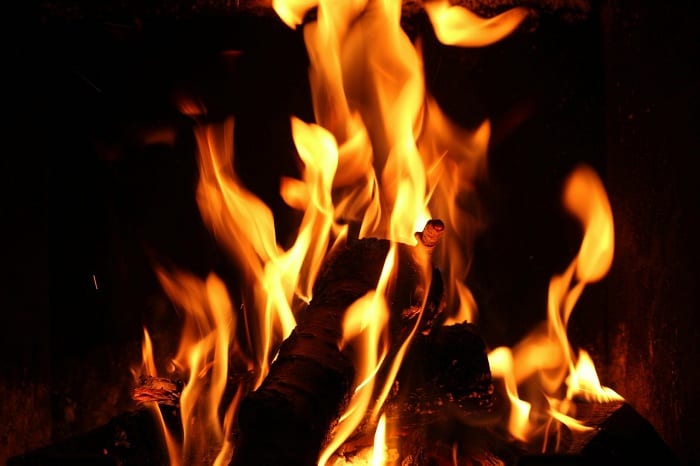
Ill-maintained chimneys and fireplaces are the number one cause of home fires related to heating in the US.
Have a professional check your furnace every year. Change filters regularly, and consider having air ducts professionally cleaned to prevent the accumulation of dust.
Smoking:
Never smoke indoors. Even better, never smoke. If you insist, be sure the embers are completely out in the ashtray when you are done.

If you must smoke indoors, at least make the bedroom off-limits. This is where the vast majority of smoking fires start. No-one ever plans to fall asleep with a cigarette still burning but it happens every night of the week!
Use a deep ashtray, and make sure it’s always on a stable surface.
Electrical wiring and outlets:
Check all appliances and lighting for frayed or damaged cords. If you find any, unplug and replace these immediately.
Use tamper-resistant outlets. The average American home has 75 outlets. We were all kids once. We all remember how tempting it was to stick toys in there.

If you have regular problems with an outlet or wiring, contact an electrician. Handle the problem at once instead of letting it worsen. For lighting, use light bulbs according to the fixture’s recommended wattage.
Don’t run extension cords beneath carpet, rugs, and furniture. Cords can get warm, and if these fray or wear, they become fire hazards.
Candles:
One-third of candle fires in the US start in the bedroom. If you want to have a romantic evening, make sure that candles are on a stable surface.
Keep it sexy but safe, ladies and gents.

Keep candles at least a foot away from anything that will burn. More than half of candle fires in the US start because the flame lit up combustible material.
Remember to blow all candles out when you leave the room or before falling asleep.
Accidents involving children:
Keep anything with a possible open flame out of the reach of kids. These items include lighters, candles, and matches, among others.
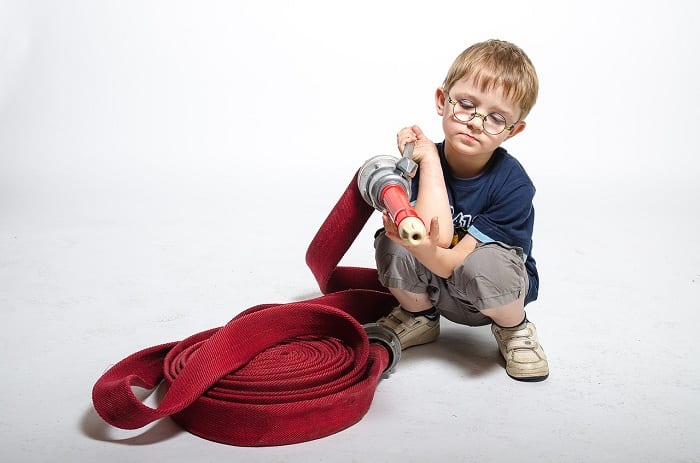
Teach your children about fire and fire safety. Teach them how to escape in case of a fire. Familiarize them with the sound of the smoke alarm.
Flammable liquids:
Flammable liquids include gasoline, many cleaning agents, paints, and adhesives, among others. Vapors rising from these chemicals can ignite from high temperatures.
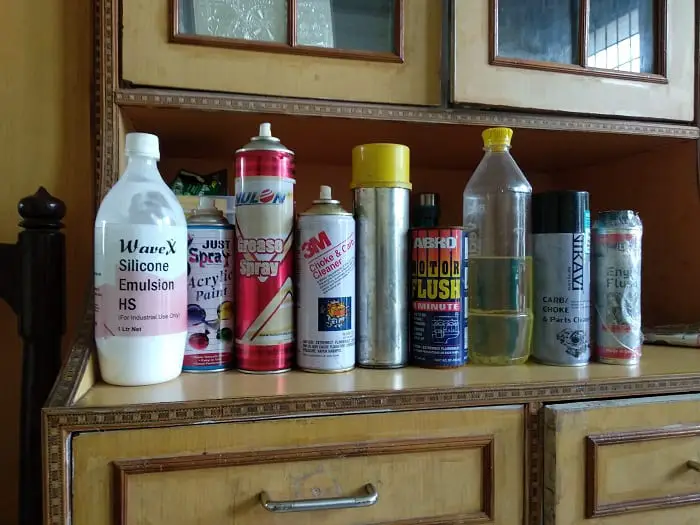
Small sparks from static electricity or other sources can also turn the vapors into flame. Don’t store these flammables near a heating source. Instead, keep them outside the home in a cool, ventilated area.
Grilling:
Always grill outside. You should position your grill away from the home, as well as from decks and low-hanging tree branches.
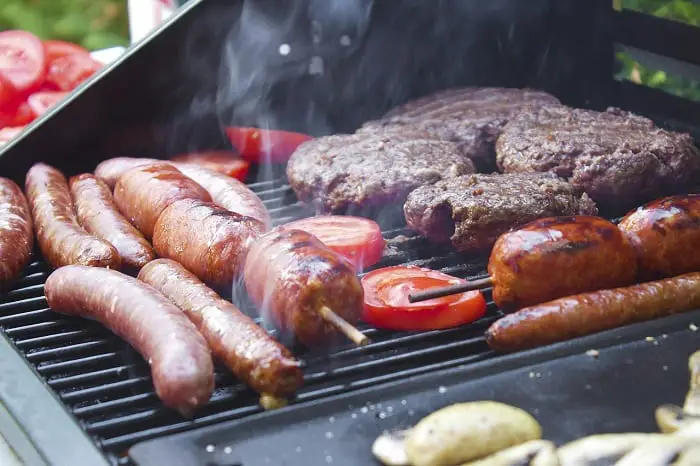
Clean the removable parts of your grill regularly. Don’t allow grease to accumulate on the trays underneath propane grills.
Develop an Escape Plan
Should a fire break out in your home and the smoke alarm sound off, you need to have a well-rehearsed, foolproof escape plan.
You may have a precious few seconds to get out of a burning home. You can’t waste a single moment trying to figure out which way to go or where to meet your family.
Have you created a plan for your home yet? If you haven’t done so already, take the time tonight when all your family is together.
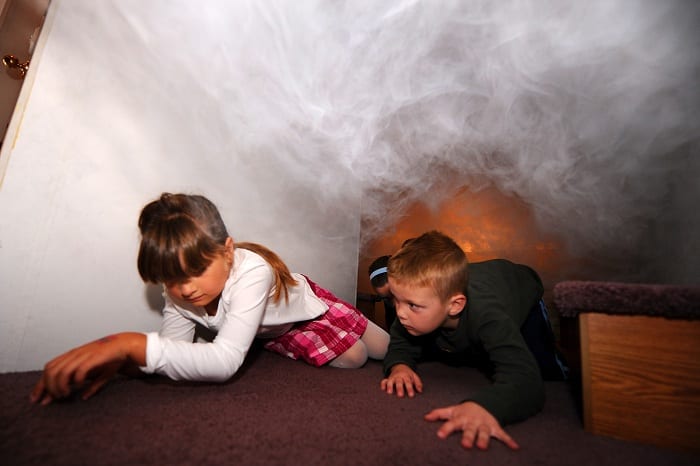
In your plan, mark where fire extinguishers and smoke alarms are located. You should ensure there are at least two ways to exit every room. Ensure your children know which exits to use.
Escaping through a doorway is ideal. If that’s not an option, windows are also a good way out.
Don’t allow regular occupancy in basement rooms that do not have an exit window. Use ladders for basement window wells and upper floor rooms.
Teach children how to escape on their own. Have them practice using escape ladders, if any. Make sure you’re supervising, watching over them.
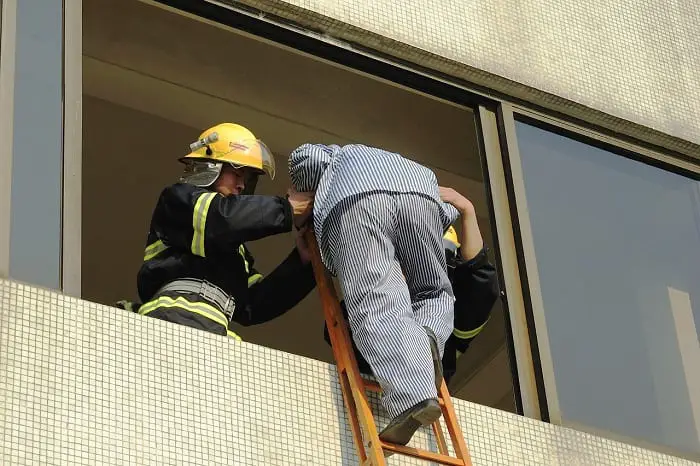
Make sure you can open the doors in your path of escape from the inside. Every person in your household should be able to open these doors under all lighting conditions.
Regularly check and double-check each door. Verify that your designated escape doors do not require a key to open. Get rid of anything that may impede a quick exit.
Remember to do fire drills with your family. While 71 percent of Americans have an escape plan in case of a fire, only 47 percent have practiced it, according to the US National Fire Prevention Association.
You Can Never Be Too Safe
Many of these tips are plain common sense. Fire safety is as simple as respecting fire and understanding just how quickly a situation can go bad.
But when we have other things on our mind, we can lose track of – or even forget – these basic safety measures and precautions.
You can never be too safe with fire prevention and emergency preparedness.
The most precious things in this world – our loved ones and our homes – just might one day depend on a few simple safety measures.
Do you have an emergency survival kit?
There have been some catastrophic fires in recent years where hundreds of homes have been incinerated. If it happened to your home, what have you prepared to help your family through those first few homeless days?

A good survival kit is a household essential. At the very least, it must contain a quality first aid kit, a water filter, a triple-band radio, flashlights, and an emergency shelter or sleeping bags for each family member. While that may sound extreme, so are weather events.
You can assemble your own kit or buy a tried and tested Emergency Survival Kit. You should also consider preparing an emergency food supply of ‘long-life’ items. These include canned foods, dried beans, oats, rice, pasta, dried fruits, and milk powder.
Have you sat down as a family and discussed how you will handle a catastrophic event?

